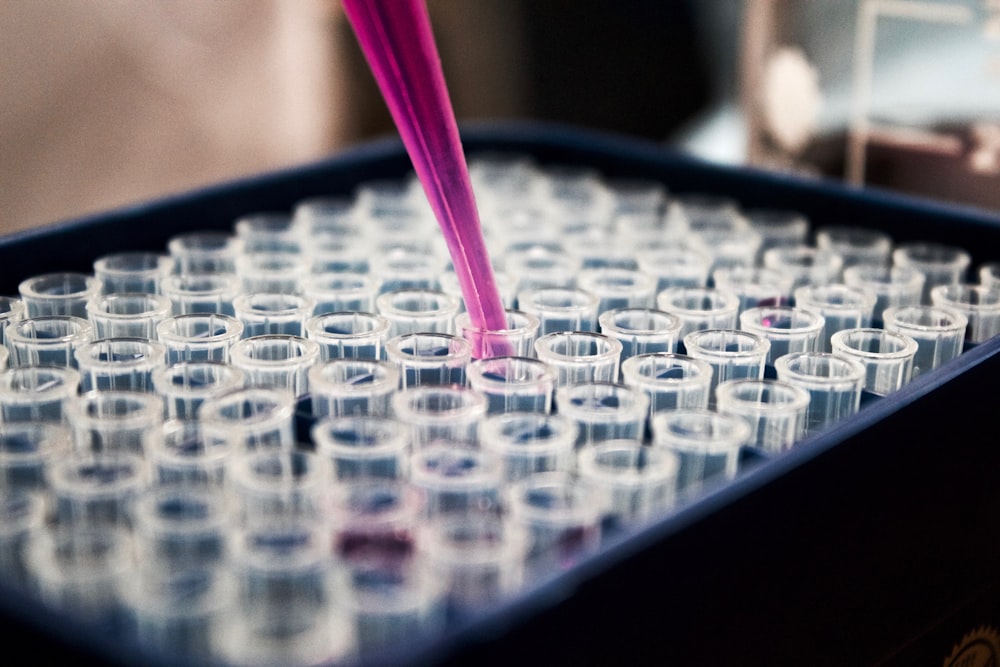
Introduction:
In the ever-evolving landscape of medical technology, innovation is key to improving patient care and outcomes. One of the most fascinating and promising areas of innovation is biomimicry – the practice of drawing inspiration from nature to solve human challenges. In this article, we explore how biomimicry is revolutionizing the field of medical devices, offering novel solutions inspired by the natural world.
Nature’s Blueprint:
Nature has been fine-tuning its designs for millions of years, resulting in highly efficient and effective solutions to complex problems. By studying the intricate systems and structures found in plants, animals, and ecosystems, researchers and engineers have unlocked a treasure trove of inspiration for medical device design. From the flight of birds to the resilience of spider silk, nature provides endless possibilities for innovation.
Bio-Inspired Materials:
One of the most prominent applications of biomimicry in medical devices is the development of bio-inspired materials. For example, researchers have looked to the structure of bone for inspiration in creating stronger and more durable implants. By mimicking the hierarchical organization and composition of natural bone, synthetic materials can better integrate with the body and promote faster healing.
Adaptive Design:
Nature is inherently adaptive, constantly responding to changes in its environment to ensure survival. This adaptability serves as a valuable lesson for medical device designers, who are increasingly incorporating dynamic and responsive features into their creations. For instance, some prosthetic limbs now utilize advanced sensors and actuators to mimic the natural movement and flexibility of human muscles and joints.
Biological Sensors and Implants:
Biomimicry has also led to significant advancements in the development of biological sensors and implants. These devices are designed to interact seamlessly with the body’s own systems, providing real-time monitoring and feedback for various medical conditions. For example, researchers have developed glucose sensors inspired by the structure and function of pancreatic cells, offering more accurate and less invasive monitoring for diabetes patients.
Inspired by Nature’s Engineers:
Some of the most innovative medical devices are inspired by nature’s own engineers – the animals and insects that have evolved highly specialized adaptations for survival. For example, researchers have drawn inspiration from the suction cups of octopuses to create medical devices that adhere to wet and slippery surfaces inside the body. By mimicking nature’s solutions, engineers are overcoming challenges that were once thought insurmountable.
Bio-Inspired Robotics:
Biomimicry has also found applications in the field of medical robotics, where researchers are developing devices that replicate the movements and dexterity of living organisms. From robotic surgical tools inspired by the precision of insects to exoskeletons modeled after the musculature of animals, bio-inspired robotics holds promise for enhancing surgical procedures, rehabilitation, and patient care.
Nature’s Healing Properties:
Nature is not only a source of inspiration for physical designs but also for therapeutic solutions. Researchers are exploring the use of natural substances, such as plant extracts and animal venoms, for their potential healing properties. By harnessing the chemical compounds found in nature, medical device designers are developing innovative treatments for conditions ranging from chronic pain to cancer.
Challenges and Opportunities:
While biomimicry offers tremendous potential for innovation in medical device design, it also presents challenges and ethical considerations. Researchers must navigate issues such as intellectual property rights, ecological impact, and the welfare of animals used for inspiration. Additionally, translating biological principles into functional medical devices requires interdisciplinary collaboration and a deep understanding of both biology and engineering.
The Future of Biomimicry in Medicine:
Despite these challenges, the future of biomimicry in medicine looks bright. As our understanding of nature’s designs continues to deepen and technology advances, we can expect to see even more groundbreaking innovations in medical device design. By harnessing the wisdom of nature, researchers and engineers have the potential to revolutionize healthcare and improve the lives of patients around the world. Read more about Biomimicry in medical device design








